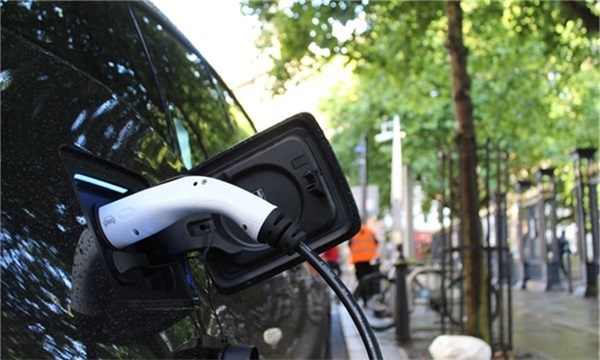NMC and LFP Electric Vehicle Battery Charging Habits: Can You Charge LFP/NMC Batteries to 100 Percent?
Conventional wisdom holds that in order to maintain the health of lithium-ion batteries, they should not be charged to 100% every day. But is this really the case? Although we recommend limiting the charge of the NMC batteries, LTO batteries, and other batteries to 80-90% for optimal service life. But LFP batteries are changing that reality.

What are the chemical differences between LFP and NMC batteries?
LFP(LiFePO4) batteries are composed of lithium iron phosphate chemistry. This battery formulation notably does not contain cobalt, which is a key component of NMC batteries. NMC batteries are made from nickel, manganese, and cobalt. Cobalt has been a controversial mineral due to its known extraction in conflict zones. In contrast, LFP batteries use phosphate, a material that is cheaper and easier to source.
However, compared to NMC batteries, LFP batteries have a lower energy density. This means that more LFP batteries are needed to achieve the same goal, making the vehicle heavier. Additionally, LFP batteries face some challenges in cold environments, as they require longer times to warm up and charge quickly.
There are some significant differences in charging habits between LFP and NMC batteries:
Less Impact from Charging to 100%: Compared to NMC batteries, LFP batteries have more stable chemical properties, making them less prone to performance degradation from frequent charging to 100%. Research shows that LFP batteries have a more relaxed charging strategy, capable of handling higher charging voltages and currents, and the impact on battery health after reaching full charge is minimal.
Slower Charging is Beneficial: While LFP batteries can accept a 100% charge, many manufacturers and experts recommend a gentler charging method to extend battery life. This involves avoiding frequent charging to 100% and instead keeping the battery between 80%-90%. This approach helps prevent the battery from operating at high voltage for extended periods, thus reducing the rate of battery aging.
Battery Management System (BMS) Protection: LFP batteries are typically equipped with more advanced Battery Management Systems (BMS), which automatically adjust the battery's charging voltage and current to ensure stable operation even after a full charge. This allows LFP batteries to avoid the negative effects of overcharging when charged to 100%.
Should you charge your EV battery to 80% 90% or 100%?
If you have an LFP battery vehicle, you can charge it to 100%. For example, Tesla recommends charging the LFP Model 3 battery to 100% at least once a week to get accurate range and charging readings for the vehicle.
However, for vehicles with NMC batteries, it is recommended to limit daily charging to between 80% and 90%, because charging NMC or NCA batteries to 100% places them in an extreme charging state. Since batteries convert chemical energy into electrical energy, they are essentially unstable when fully charged. Overall, the best practice is to avoid very high and very low charging levels, with 80% being the ideal capacity for maximizing battery lifespan.
Whether charging an LFP or NMC battery, it is important to follow reasonable charging ranges, choose the appropriate battery charger, and avoid deep discharging and frequent charging. While LFP batteries can be charged to 100%, it should be avoided for NMC batteries to maintain battery health, improve lifespan, and enhance range.

